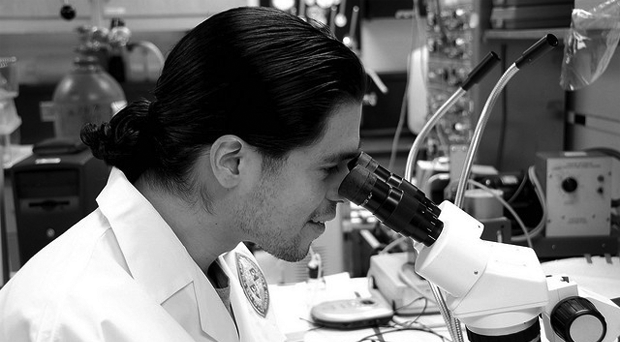
Early results from a US trial suggest it may be possible to use “stem cell shielding” to protect the body from the damaging effects of chemotherapy.
Chemotherapy drugs try to kill rapidly dividing cancer cells, but they can also affect other healthy tissues such as bone marrow.
The study, published in Science Translational Medicine, used genetically modified stem cells to protect the bone marrow.
The body constantly churns out new blood cells in the hollow spaces inside bone. However, bone marrow is incredibly susceptible to chemotherapy.
The treatment results in fewer white blood cells being produced, which increase the risk of infection, and fewer red blood cells, which leads to shortness of breath and tiredness.

Researchers at the Fred Hutchinson Cancer Research Center, in Seattle, said these effects were “a major barrier” to using chemotherapy and often meant the treatment had to be stopped, delayed or reduced.
They have tried to protect the bone marrow in three patients with a type of brain cancer, glioblastoma.
One of the researchers, Dr. Jennifer Adair, said: “This therapy is analogous to firing at both tumor cells and bone marrow cells, but giving the bone marrow cells protective shields while the tumor cells are unshielded.”
Bone marrow was taken from the patients and stem cells, which produce blood, were isolated. A virus was then used to infect the cells with a gene which protected the cells against a chemotherapy drug. The cells were then put back into the patient.
The lead author of the report, Prof. Hans-Peter Kiem, said: “We found that patients were able to tolerate the chemotherapy better, and without negative side effects, after transplantation of the gene-modified stem cells than patients in previous studies who received the same type of chemotherapy without a transplant of gene-modified stem cells.”
The researchers said the three patients had all lived longer than the average survival time of 12 months for the cancer. They said one patient was still alive 34 months after treatment.